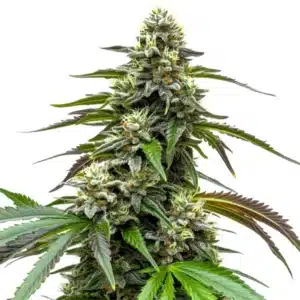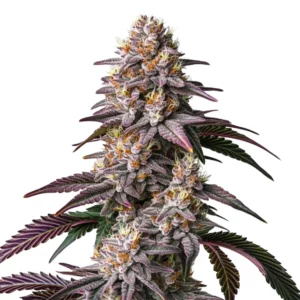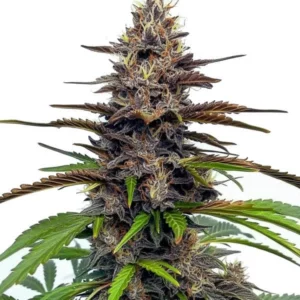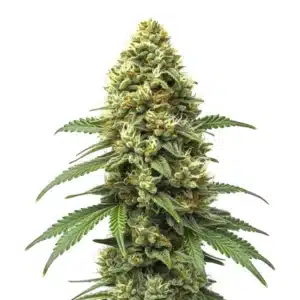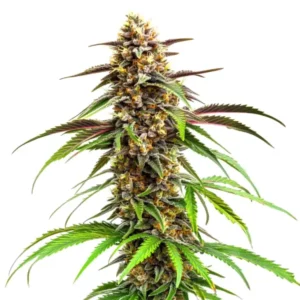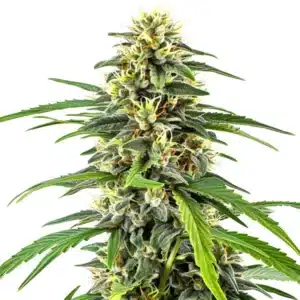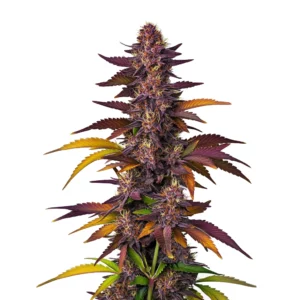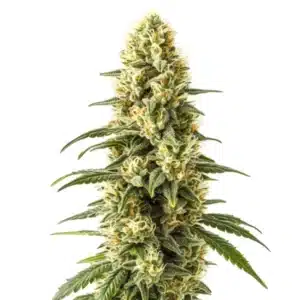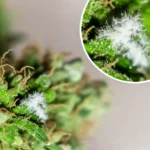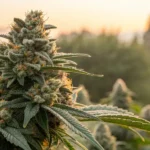
Plant Growth Regulators in Marijuana
Plant growth regulators in marijuana are an essential topic for both novice and seasoned cultivators. These chemical substances play a pivotal role in the life cycle of cannabis plants. They dictate growth patterns, influence flowering, and even affect the yield. While the term might sound technical, it simply refers to compounds that can enhance or inhibit plant growth.
Using plant growth regulators effectively can dramatically improve the quality and quantity of your marijuana harvest. However, the effects of plant growth regulators on marijuana yield can vary significantly. The right balance and type can lead to lush, bountiful plants, while misuse might result in stunted growth or even plant death.
Recommended Strains
White LSD Auto
|
|
THC | 20% - 24% (Medium) |
|
|
Type | Autoflowering |
|
|
Yield | Low |
|
|
Phenotype | 50% Indica / 50% Sativa |
Red Poison Auto
|
|
THC | 20% - 22% (Medium) |
|
|
Type | Autoflowering |
|
|
Yield | Medium |
|
|
Phenotype | 70% Indica / 30% Sativa |
For those exploring organic plant growth regulators for cannabis, options abound. Many growers are turning to natural substances to avoid synthetic chemicals. Choosing the best plant growth regulators for marijuana plants can make a significant difference in your cultivation success. Let’s delve deeper into the nuances of these vital compounds.
Types of Plant Growth Regulators
Plant growth regulators (PGRs) are categorized based on their function. The primary types include auxins, cytokinins, gibberellins, ethylene, and abscisic acid. Each plays a unique role in plant development. Auxins, for instance, are crucial for root development and cell elongation.
Cytokinins, another type, promote cell division and are vital during the plant’s vegetative stage. Gibberellins are responsible for stem elongation and can help in boosting plant height. These PGRs, when used correctly, can significantly enhance the plant’s productivity.
Knowing the funciton of PGRs in cannabis cultivation is essential. Auxins help in directing the plant’s growth towards optimal light exposure, while cytokinins ensure that the plant develops a robust framework of branches. Gibberellins, on the other hand, can be manipulated to achieve the desired height without compromising the plant’s structural integrity.
Ethylene and abscisic acid have their unique contributions. Ethylene is pivotal during the flowering stage, ensuring that the buds mature correctly. Abscisic acid is a natural stress reliever for plants, helping them withstand adverse conditions. Thus, the strategic use of plant growth regulators in marijuana can lead to healthier and more productive plants.
Promos & Deals
Benefits of Using Plant Growth Regulators
The strategic use of plant growth regulators in marijuana cultivation can lead to higher yields and healthier plants. For instance, using cytokinins during the vegetative stage can result in bushier plants with more branches. This means more sites for buds to develop, ultimately increasing the yield.
Gibberellins are particularly beneficial when you’re aiming for taller plants. They can be used to stretch the internodes, making the plant appear fuller and more robust. This is particularly useful when cultivating strains that naturally grow short and stocky.
The effects of plant growth regulators on marijuana yield are profound. By fine-tuning the application of these substances, growers can achieve a balance between vegetative growth and flowering. This results in plants that not only yield more but also produce higher-quality buds, rich in cannabinoids and terpenes.
Moreover, the use of organic plant growth regulators for cannabis offers a safer alternative, ensuring that the end product is free from harmful residues. Organic options like seaweed extracts provide additional micronutrients, enhancing the plant’s overall health and resilience against pests and diseases.
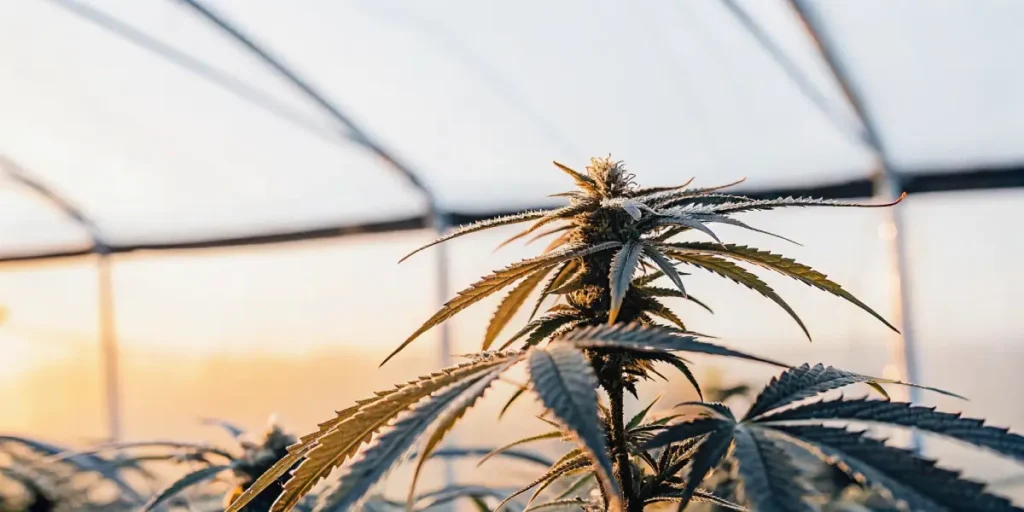
Risks Associated with Synthetic PGRs
While the benefits are numerous, synthetic PGRs come with potential risks. Overuse can lead to hormonal imbalances in plants, affecting growth patterns negatively. In some cases, plants may develop abnormally, showing signs like twisted leaves or poor flowering.
Some synthetic PGRs have been linked to health concerns. For this reason, many cultivators prefer to avoid them altogether, opting instead for organic plant growth regulators for cannabis. By choosing natural solutions, you can ensure a safer product for consumption.
Besides to health concerns, there’s also the environmental impact of synthetic PGRs to consider. These chemicals can leach into the soil and water systems, disrupting local ecosystems. This makes the case for natural alternatives to PGRs in marijuana farming even stronger.
Moreover, the long-term effects of synthetic PGRs on soil health are not fully understood. Over time, they may lead to soil degradation, affecting future plantings. Thus, many growers are turning to organic methods, which not only safeguard human health but also promote sustainable cultivation practices.
Popular Marijuana Strains for PGR Application
When considering plant growth regulators, selecting the right cannabis strain is crucial. Strains like Grease Monkey thrive with the use of auxins, promoting robust root systems and vigorous growth.
Another strain that benefits from PGRs is Blue Dream. This strain responds well to cytokinins, resulting in bountiful harvests with dense buds. It’s a favorite among growers for its resilience and high yield potential.
Grease Monkey not only has a robust root system but also displays enhanced nutrient uptake when auxins are applied. This results in greener leaves, thicker stems, and an overall more vigorous plant.
On the other hand, Amnesia Haze benefits from gibberellins, which help it achieve its full genetic potential in terms of height. This is particularly advantageous for outdoor growers who wish to maximize vertical space.
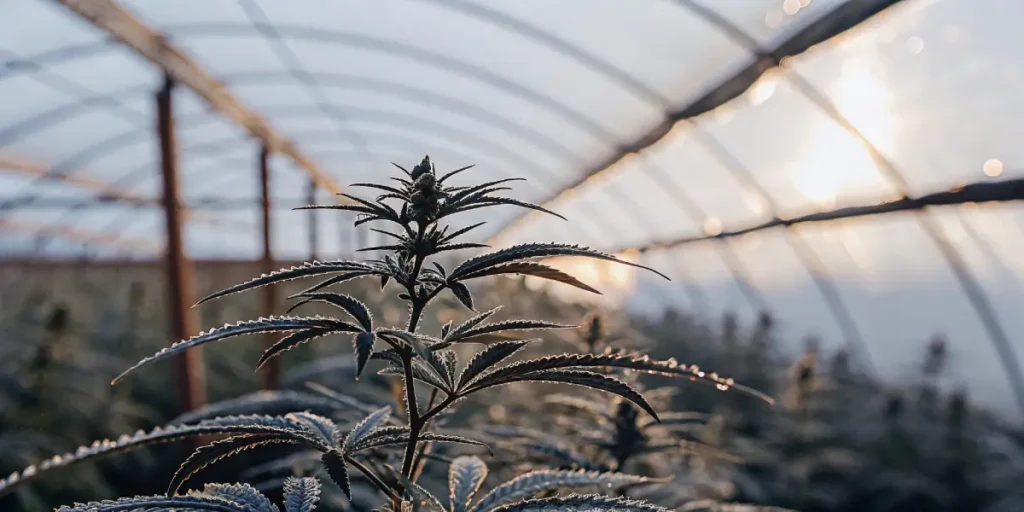
FAQs about plant growth regulators in marijuana
What are natural alternatives to PGRs in marijuana farming?
Natural alternatives to synthetic PGRs include substances like seaweed extracts and compost teas. These organic solutions provide essential nutrients and growth hormones that enhance plant development without the risks associated with synthetic chemicals.
Using these natural options can lead to healthier plants and safer end products. Many growers report improved plant resilience and yield when incorporating these organic methods into their cultivation practices.
Compost teas, rich in beneficial microbes, not only act as natural growth enhancers but also improve soil health by boosting microbial activity. This leads to better nutrient availability and uptake, promoting robust plant growth.
Moreover, using natural alternatives supports sustainable agriculture practices. By reducing dependency on synthetic chemicals, growers contribute to environmental conservation while producing high-quality cannabis that’s safe for consumers.
How do plant growth regulators affect the yield of marijuana plants?
Plant growth regulators can significantly impact marijuana yield by influencing various growth stages. For instance, cytokinins promote bushy growth, leading to more bud sites and higher yields. Gibberellins can increase plant height, allowing for better light penetration and overall growth.
However, it’s essential to use them judiciously. Overuse or incorrect application can lead to reduced yields and even plant damage. Knowing the specific needs of your strain and environment is key to maximizing benefits.
The best plant growth regulators for marijuana plants are those that align with the genetic makeup of the strain. Tailoring PGR use to match the plant’s natural growth tendencies ensures that the desired results are achieved without unintended side effects.
Furthermore, the effects of plant growth regulators on marijuana yield are evident when observing the plant’s vigor and bud quality. Proper application enhances trichome production and cannabinoid profiles, leading to a superior end product.
Are there any risks associated with using synthetic PGRs on cannabis?
Yes, synthetic PGRs can pose risks if not used correctly. They can cause hormonal imbalances, leading to abnormal growth patterns and reduced yields. In some cases, they may also pose health risks to consumers if residues remain in the final product.
Many growers prefer organic plant growth regulators for cannabis to avoid these risks. By choosing natural options, you can ensure a safer cultivation process and end product.
Besides to potential health risks, synthetic PGRs may also result in plants with altered cannabinoid and terpene profiles, affecting the plant’s medicinal and recreational value. It’s crucial to weigh these risks when considering PGR use.
Moreover, certain jurisdictions have regulations regarding the use of synthetic PGRs in cannabis cultivation. Staying informed about these regulations can help growers avoid legal complications while ensuring compliance with industry standards.
What is the function of PGRs in cannabis cultivation?
PGRs play a crucial role in regulating plant growth and development. They influence everything from root development and stem elongation to flowering and fruiting. By manipulating these processes, growers can optimize plant health and yield.
In cannabis cultivation, effective use of PGRs can lead to more robust plants, increased yield, and better quality buds. However, it’s essential to balance their use to avoid negative effects.
The function of PGRs in cannabis cultivation extends to stress management. By enabling plants to better cope with environmental stresses, PGRs contribute to consistent growth and development, even in less-than-ideal conditions.
Additionally, PGRs can be pivotal in cloning processes. Auxins, for instance, are often used to encourage root development in cuttings, ensuring successful propagation and maintenance of desirable genetic traits.
Which cannabis strains respond best to plant growth regulators?
Strains like Grease Monkey, Blue Dream, and Amnesia Haze are known to respond well to PGRs. Grease Monkey benefits from auxins, while Blue Dream thrives with cytokinins. Amnesia Haze grows taller with gibberellins, making these strains ideal candidates for PGR application.
Choosing the right strain in combination with appropriate PGR use can enhance growth outcomes and maximize yields. Always consider the specific needs of your chosen strain to achieve the best results.
When selecting strains for PGR application, consider their growth characteristics and desired outcomes. Strains with inherent growth challenges, such as those prone to stunted growth or sparse branching, can particularly benefit from tailored PGR use.
Ultimately, knowing the genetic predispositions of your chosen strain allows for more precise PGR application, optimizing plant health and maximizing the effects of plant growth regulators on marijuana yield.


